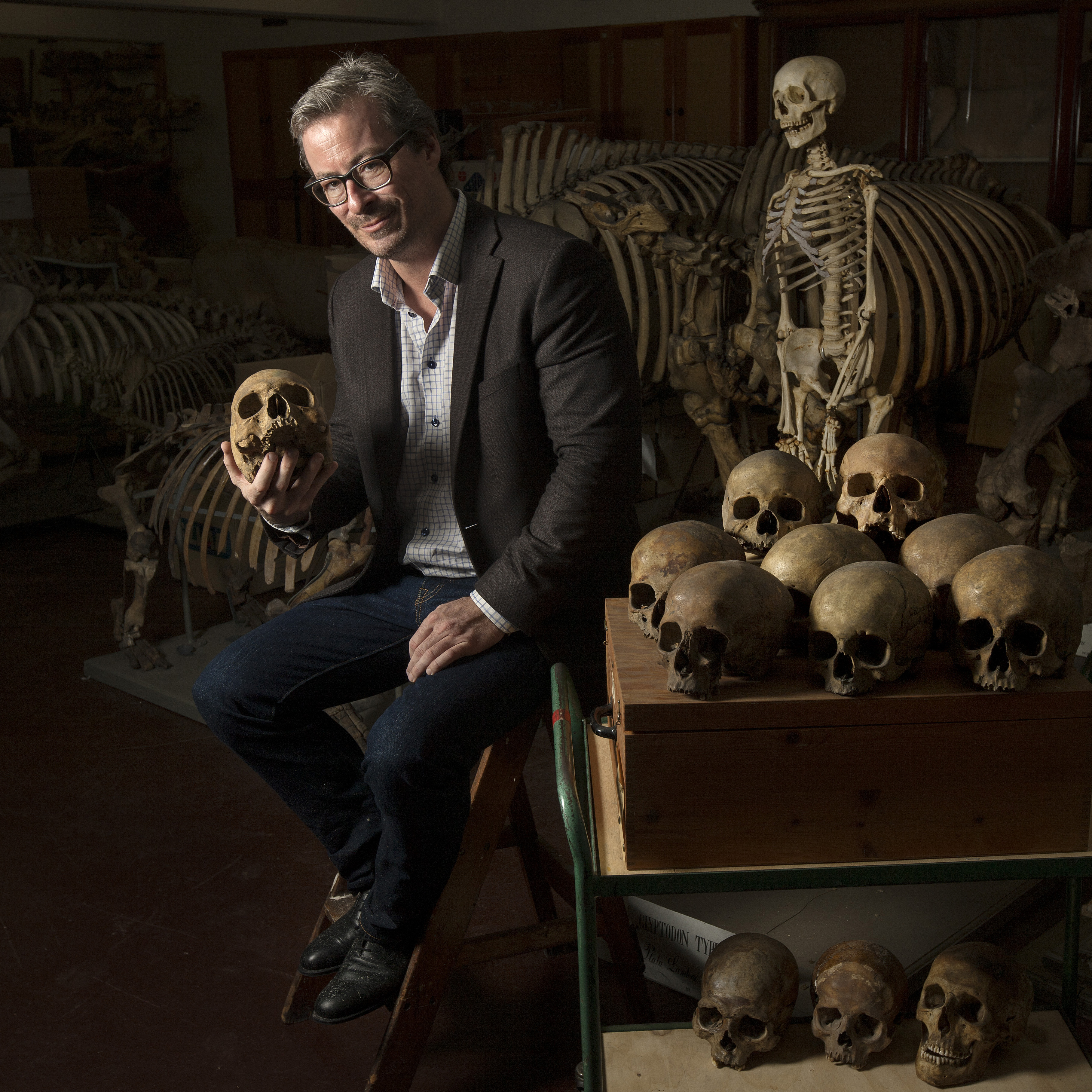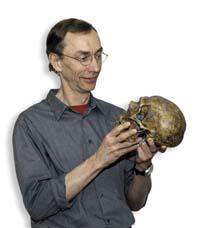Another ancient human genome shows the complex European population
2014/11/07 Carton Virto, Eider - Elhuyar Zientzia Iturria: Elhuyar aldizkaria

The coastal site is located on the banks of the Don River, south of the city of Voroz54, about 400 kilometers south of Moscow. There they discovered in 1954 the skeleton called Kostenki 14. Formed by the fossils of a man who lived between 38,700 and 36,200 years ago, the journal Science collects the analysis of DNA extracted from the left tibia.
The work has been led by a team of researchers from the Museum of Natural History of Denmark, who have compared the DNA of Kostenki 14 with the old DNA and the modern DNA. Among the old DNA is that of the MA1 child who lived 24,000 years ago in central Siberia.
The analysis and comparisons show that this man has a close genetic relationship with many current Europeans and some populations in western Siberia, but not those in eastern Asia. This would mean that by the time this man lived, the current population lines of Western Eurasia and East Asia were separated. That is, at least 36,200 years ago.
In fact, according to the most accepted hypotheses, the ancestors of the current population of Eurasia left Africa about 60,000 years ago and through migrations they were populating for thousands of years the giant Eurasia. DNA analysis like the one published in the journal Science serve to clarify and understand the evolution of movements. And the more we know, the more cross-linked and complex is the history of our ancestors in Europe.
Aligned with the oldest genome of our species
The photo presented today adds to other results published a few weeks ago in the journal Nature. This study, led by Svante Pääbo of the Max Planck Institute of Evolutionary Anthropology, presented the analysis of the genome of a human being 45,000 years ago, the oldest genome of a Homo sapiens. He has been called the man of Ust-Ishim, since Siberia was located in 2008 in this western town, it is a fragment of human femur.

Like the DNA of Kostenki 14, the DNA of the man of Ust-Ishim has been contrasted with others like that of the child MA1. In this case, kinship analyses suggest that man belonged to another line of population: The line of the man of Ust-Ishim separated from the line of ancestors of the populations of western Eurasia and eastern Asia, or before, or at the same time, from their separation.
The simplified image of the results of both research groups shows a human group 45,000 years ago, which is not the direct ancestor of the populations of Western Eurasia and East Asia, but which is partially related to the human group of a child from central Siberia 24,000 years ago. And another human group, in European Russia, 36,200 years ago, closely related to Western Europeans and the human group of the child of 24,000 years ago, but not to the current populations of East Asia. Presumably, the next step will be to compare the DNA of Kostenki 14 with that of Ust-Ishim, both research works in parallel.
Hybridized with Neanderthal
In addition to comparison with other genomes of Homo sapiens, the two research groups have compared the new sequences with those of Neanderthal and presented the results that converge. According to Päääääbo estimates, the Neanderthal genes of the Ust-Ishim man suggest that hybridization occurred between 7,000-13,000 years earlier, that is, between 50,000 and 60,000 years ago. Kostenki 14's analysis places hybridization 54,000 years ago. In addition to convergence, both results limit the time scale of hybridization to the time when modern men expanded in Eurasia.

Gai honi buruzko eduki gehiago
Elhuyarrek garatutako teknologia






